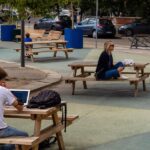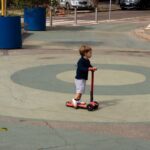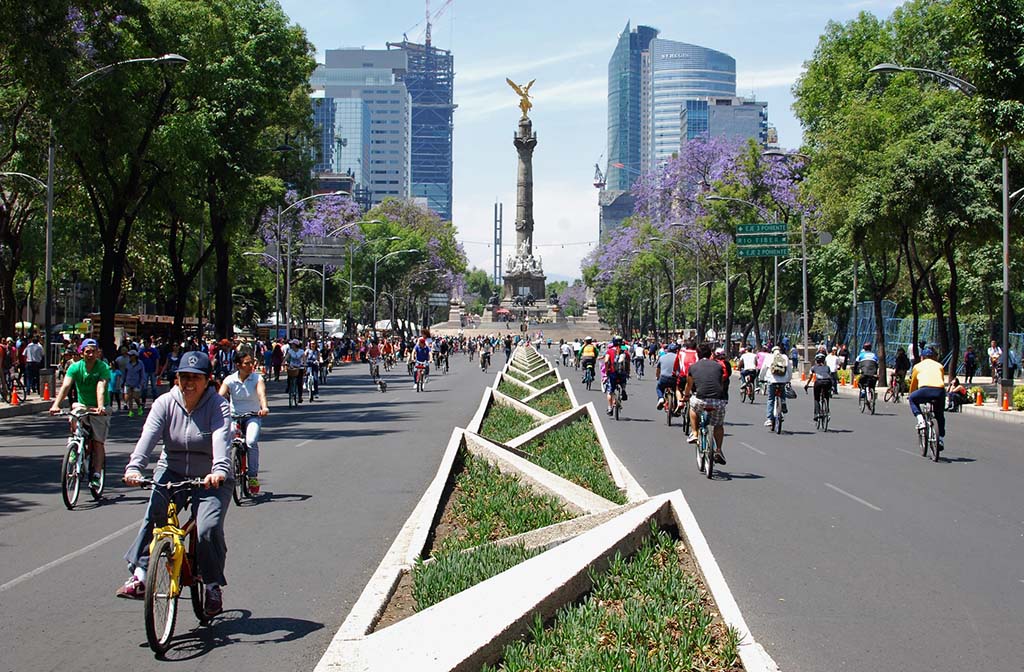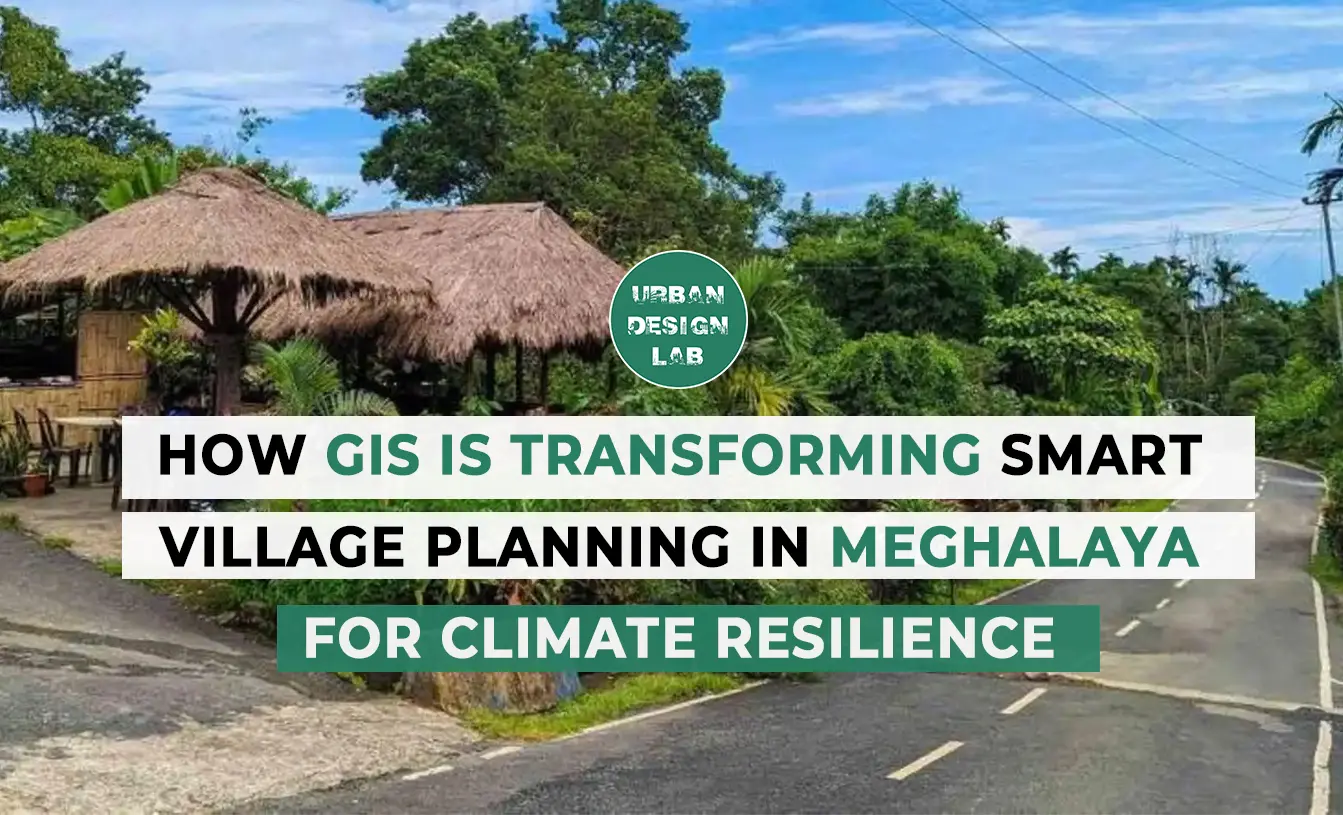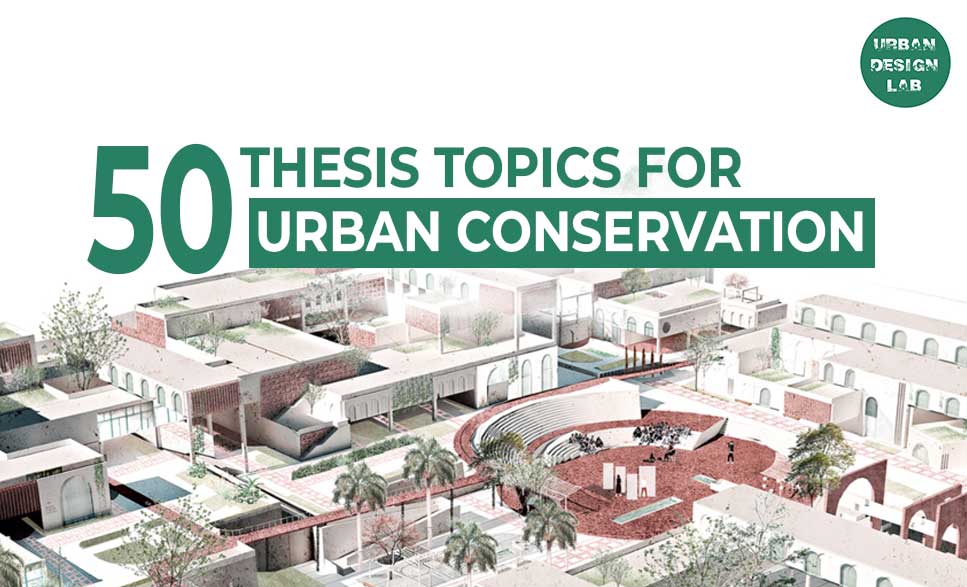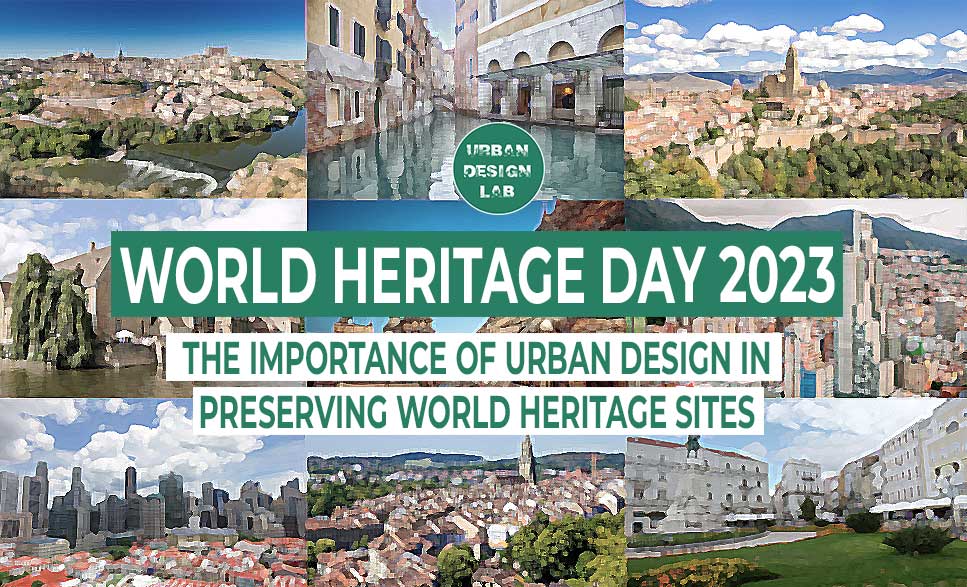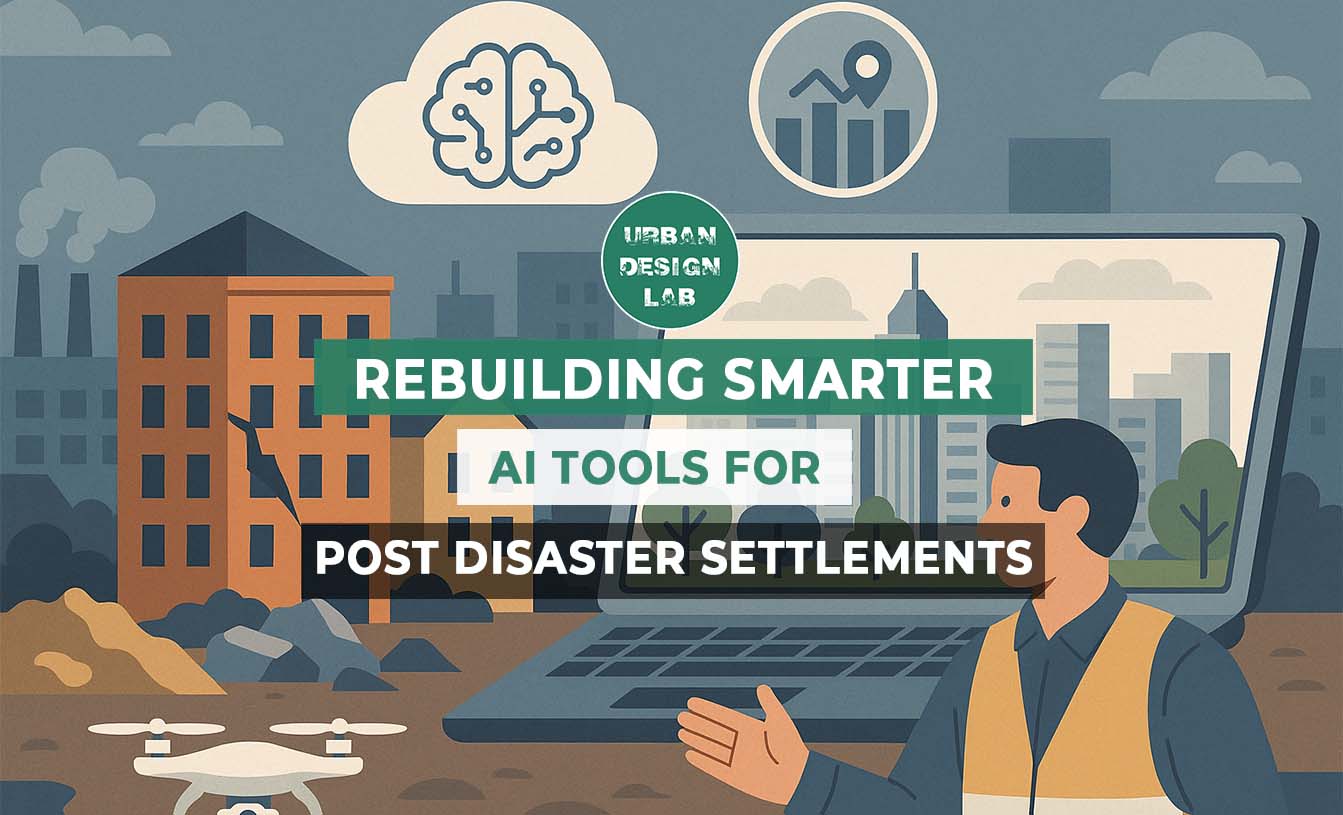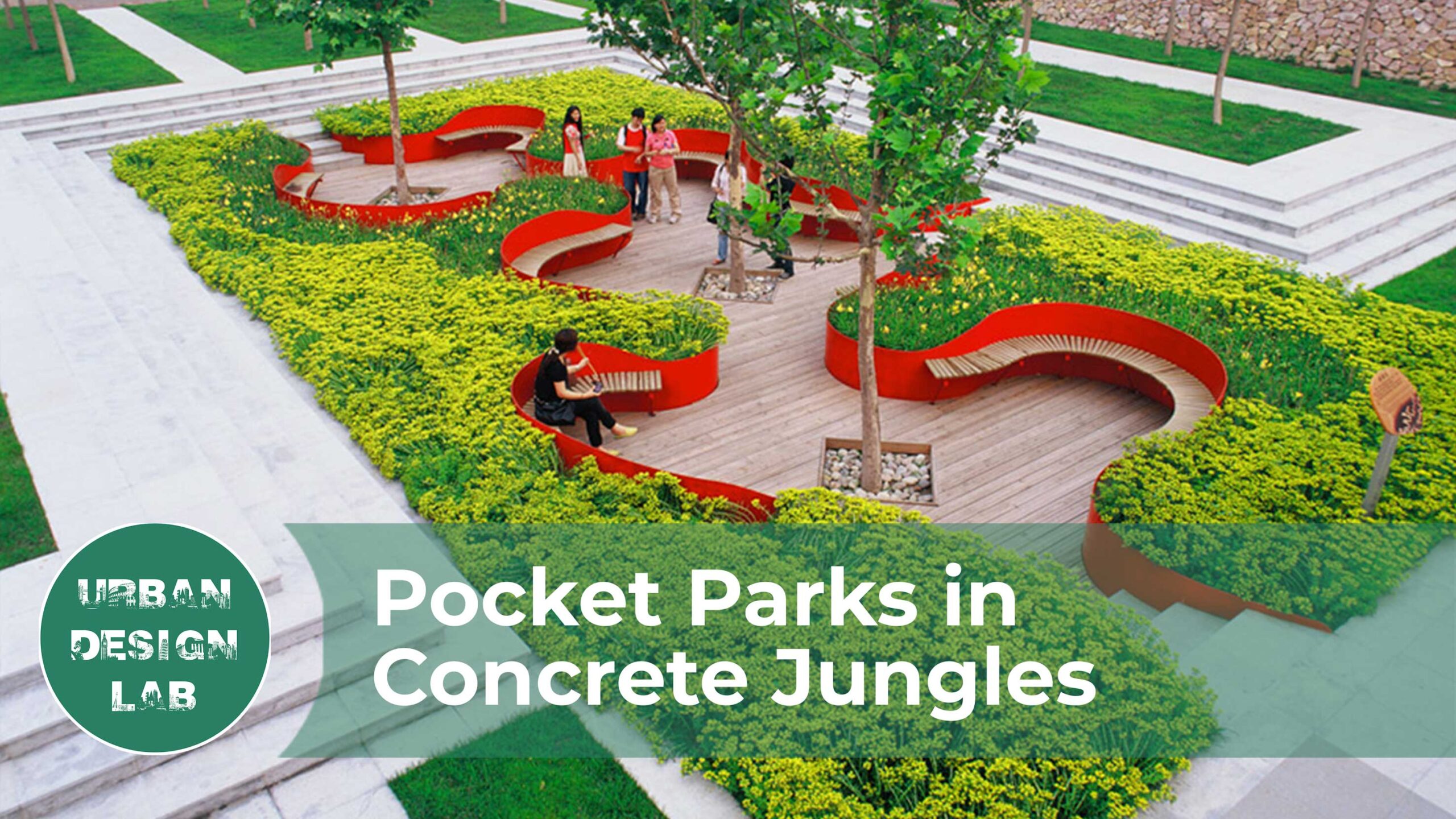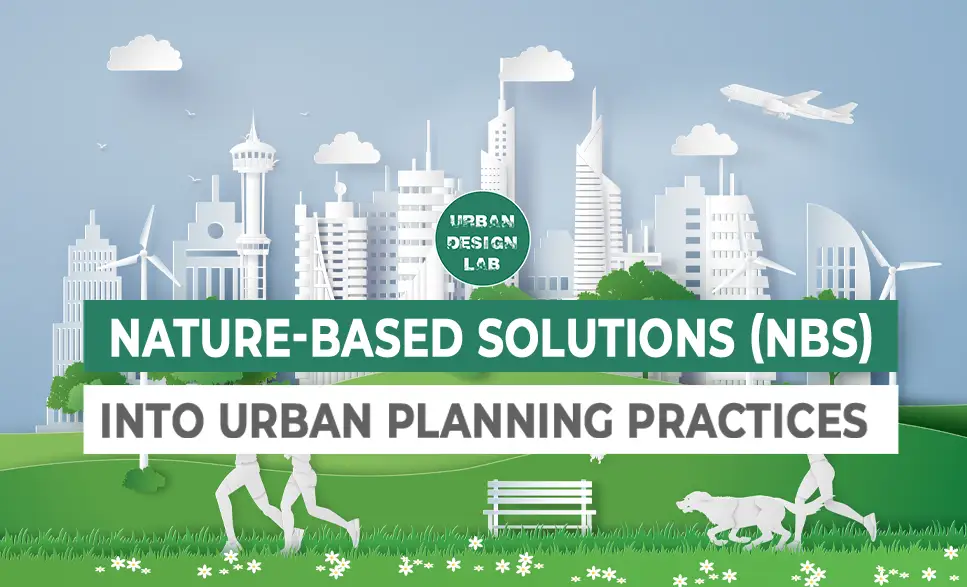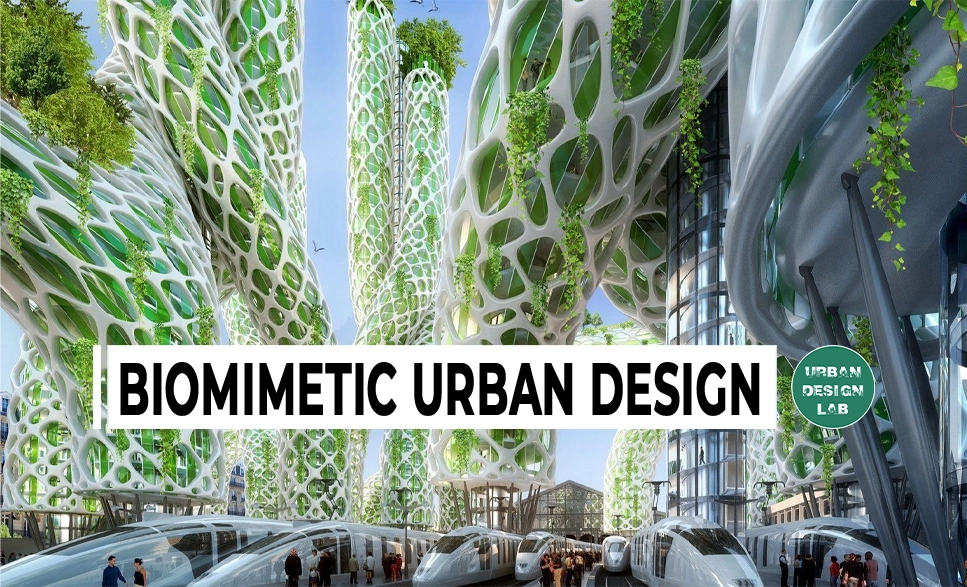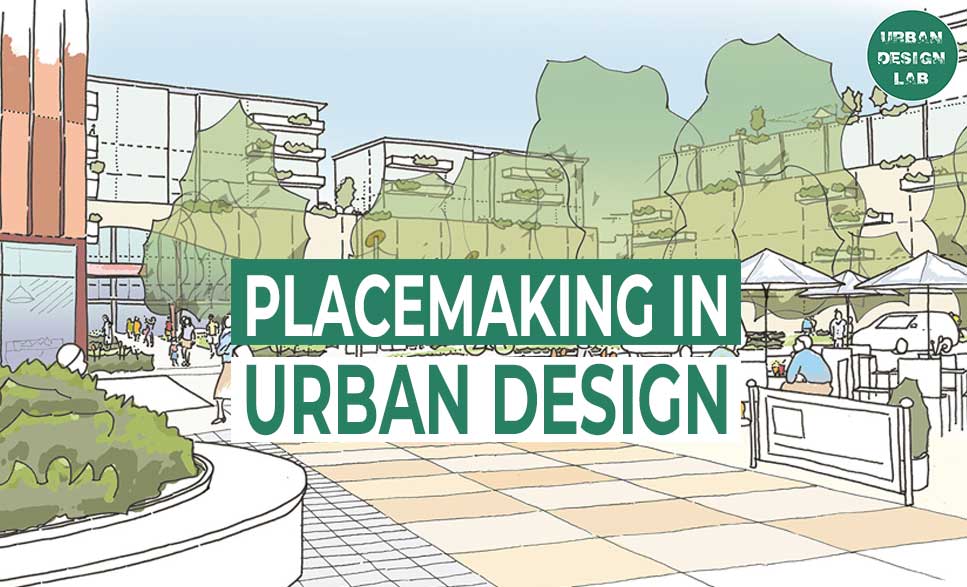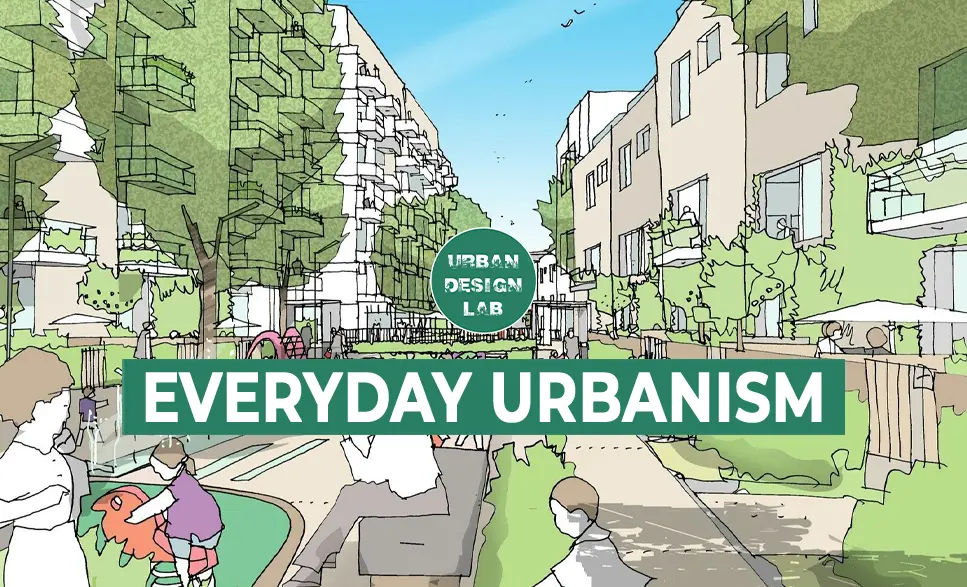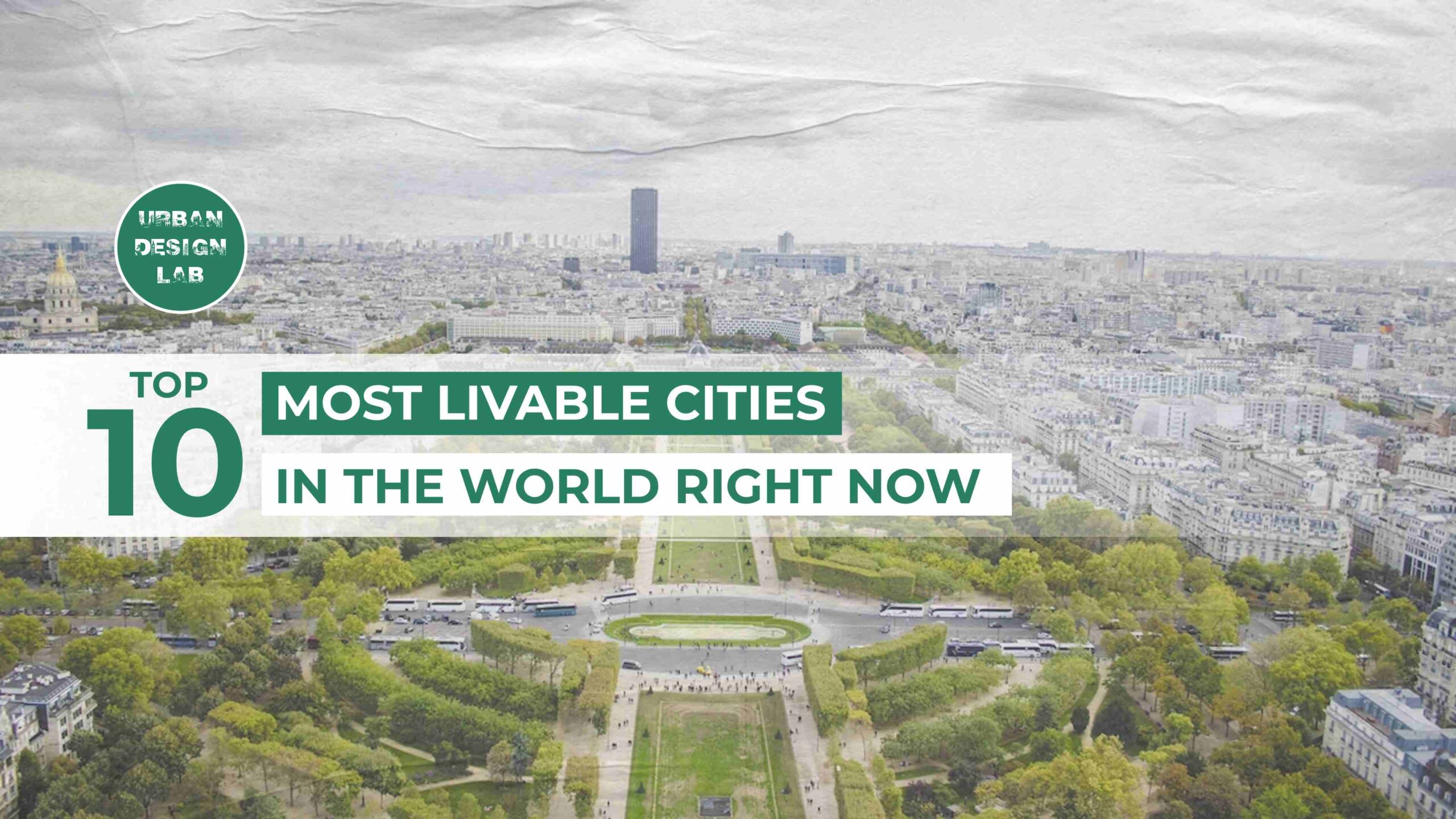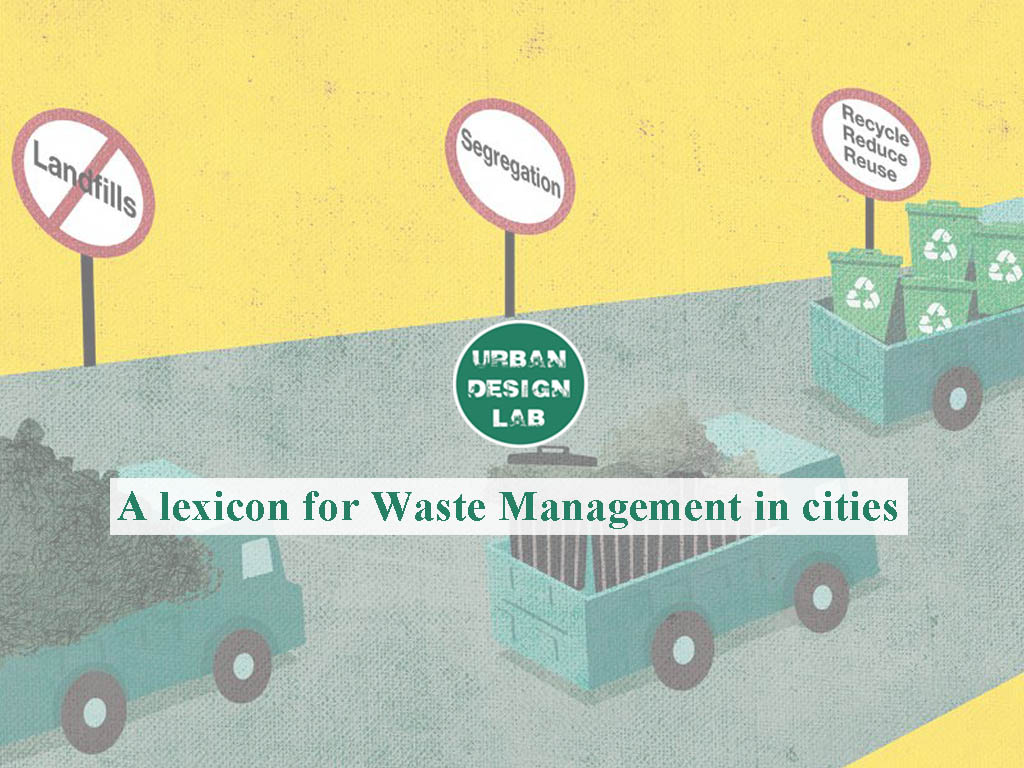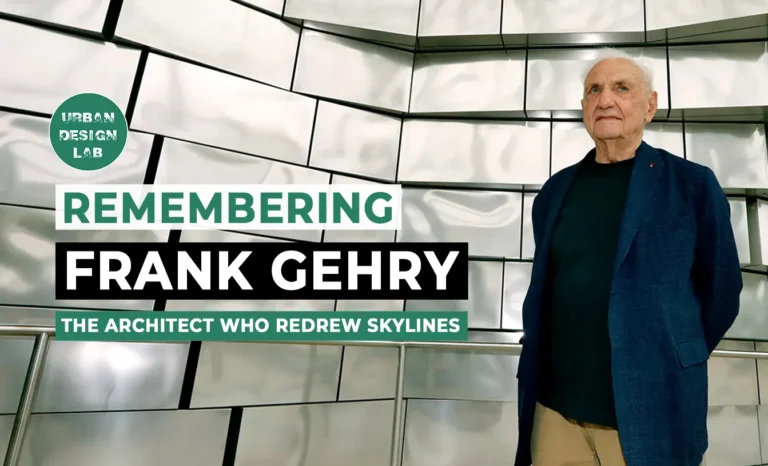
Public Life and Shared Streets during COVID-19
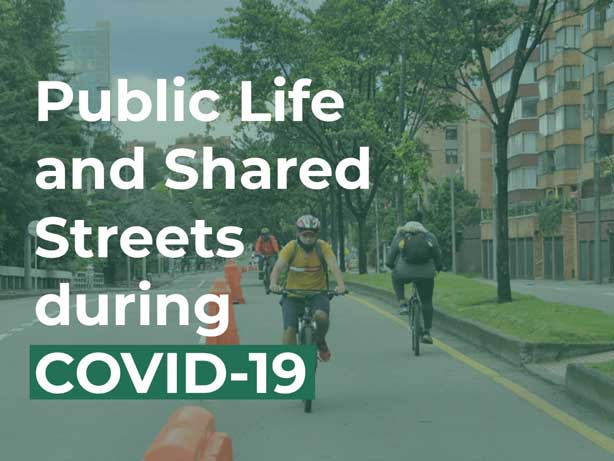
Public Life and Shared Streets
The world has been living in isolation and lockdowns for the past couple of years due to the global pandemic brought about by the COVID-19 virus. It has been more than two years since the World Health Organization (WHO) declared the COVID-19 outbreak as a pandemic.
Living through cycles of seemingly endless lockdowns, heightened restrictions, and strict health protocols, the world is finally opening and slowly easing into the new normal. But how do cities and neighborhoods adapt to the concept of the new normal?
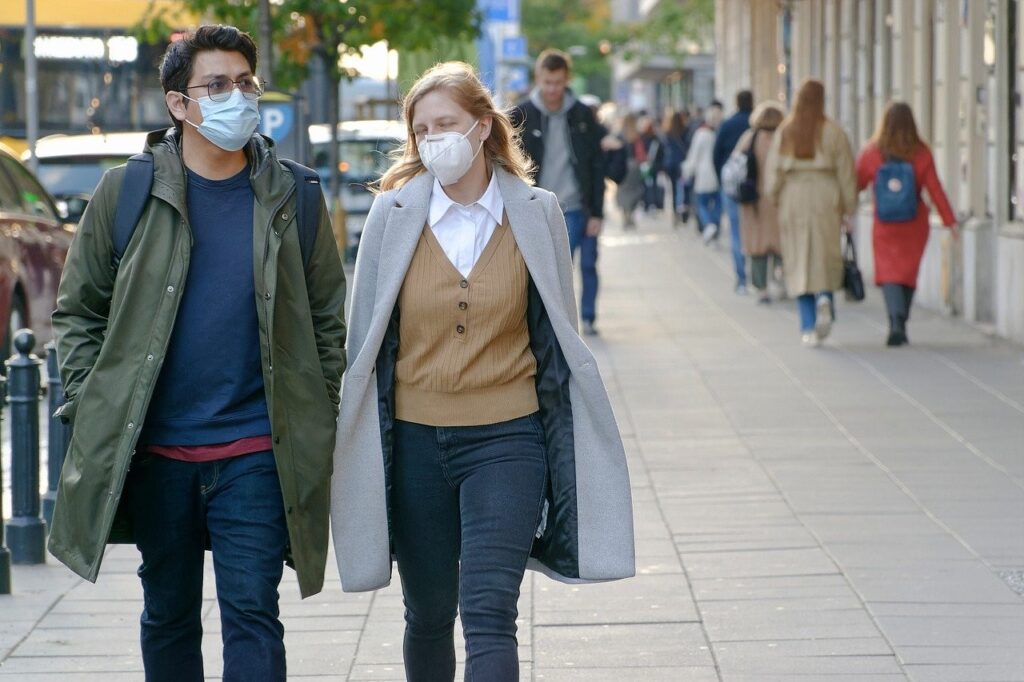
During the course of the pandemic, active transport and pedestrian traffic have been seen as an answer in place of the limited vehicular movement that brought about city-wide lockdowns. Cities and neighbourhoods have been extending these guerilla movements and supposedly provisional measures well into the post-COVID-19 world. The resulting effect gave rise to the concept of “shared streets,” “safe streets,” “slow streets,” “open streets,” and “stay healthy streets,” among other labels, in place for the long haul.
But what are these shared streets? According to the New York City Department of Transportation, shared-streets are also known as “pedestrian-priority” streets. These roadways are designed for slow-speed travel where pedestrians, cyclists, and motorists all share the right of way.

The slow speed is enforced by having signage, using materials intended for slowing traffic, outdoor furnishings, plantings, and other visual cues to project caution to motorists. By having this cooperative compromise in the road right-of-way, the shared streets can effectively function as public spaces.
The examples listed below are examples of shared streets and shared street initiatives that can be seen around the globe as their efforts in developing a better post-COVID-19 urban environment.
1. Conversion of a traffic-heavy right turn lane into a tiny park in Milan
According to an article from Bloomberg Businessweek, Piazza Sicilia was once a tangled mess of traffic. Pre-pandemic, this area was a hodgepodge of traffic-jammed commuters, double parked parents fetching their kids, and an influx of motorists due to the intersection of the busy Via Sardegna and four residential streets. But due to the restrictions enforced by the pandemic, this once busy right turn lane has been remodelled and transformed into a tiny park, a place where children play soccer, food delivery riders perch on their bikes awaiting calls, and residents of nearby apartment blocks face off at the pingpong table. (Herman & Tullis, 2021)
Piazza Sicilia is only a part of what Milan has in-store in terms of their plans for their post-pandemic vision of their city. In 2020, the city of Milan has shown their Strade Aperte plan, or “Open Streets” plan, that shifts their into a place that supports pedestrians and cyclists, people who use active transport in their daily lives, over automobiles. This ambitious plan focuses on prioritising and encouraging cycling and walking in a small yet densely populated city such as Milan.
The Strade Aperte plan is a response to the urban challenges brought about the Covd-19 pandemic, other than just the mobility benefits this plans presents, Marco Granelli, a deputy mayor of Milan also sees this as way of revitalizing their economy in a new way. As he said,
“We worked for years to reduce car use. If everybody drives a car, there is no space for people, there is no space to move, there is no space for commercial activities outside the shops.
“Of course, we want to reopen the economy, but we think we should do it on a different basis from before.
“We think we have to reimagine Milan in the new situation. We have to get ready; that’s why it’s so important to defend even a part of the economy, to support bars, artisans and restaurants. When it is over, the cities that still have this kind of economy will have an advantage, and Milan wants to be in that category.”
With Janette Sadik-Khan, a former transportation commissioner for New York City working on schemes for Milan, also stated that this is once-in-a-lifetime opportunity to take a fresh perspective on streets. She also mentioned that with the plan of Milan in mind, they will surely take guidance from New York City. (Laker, 2020) (Harrouk, 2020)
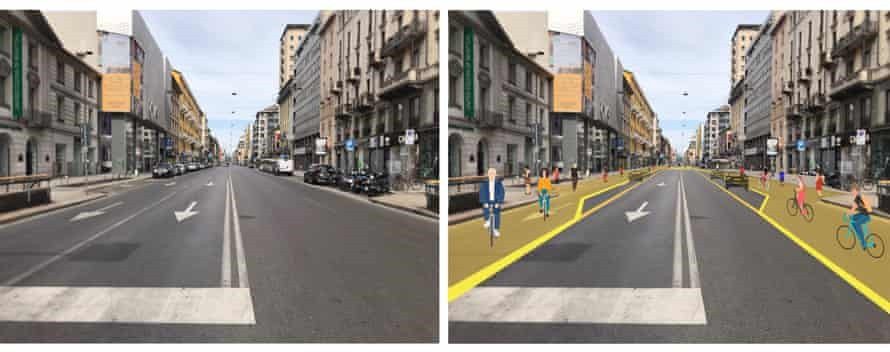
2. Building a Bike-ready Bogota for the Future
A mayor in Bogota has surprised the world in March of 2020 by crafting an 84-kilometer emergency bike lane network that aimed to answer the transportation problems of their essential workers during the rise of the Covid-19 crisis. Much similar to those efforts done by many European countries, this swift action to switch and present active transport and pedestrianization as a solution to the transportation challenge presented by the coronavirus pandemic was met with agreeing nods from advocates of car-free mobility.
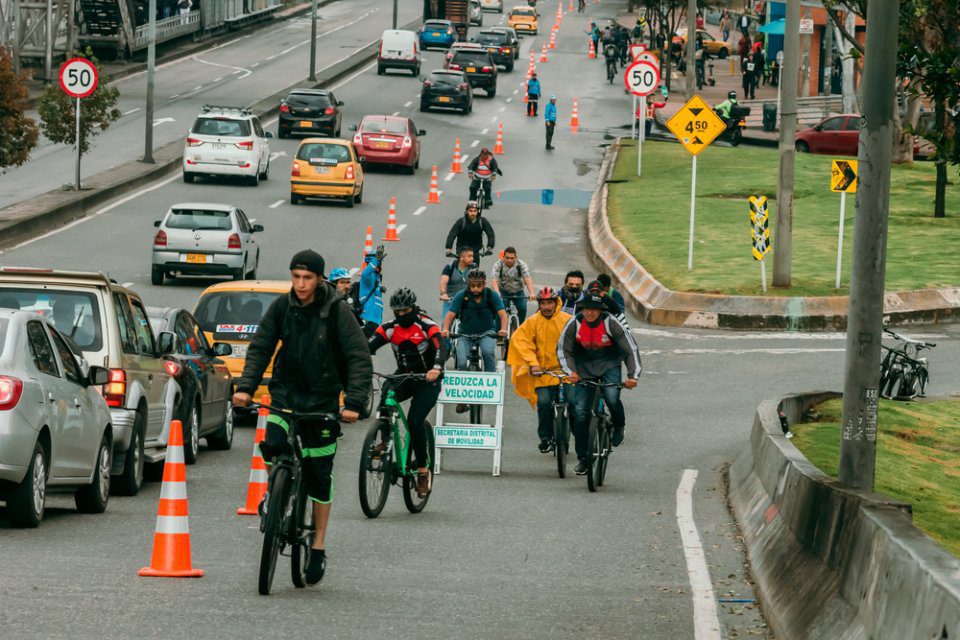
But this is just the beginning for Bogota. Mayor Claudia Lopez, the mayor responsible for the 84-kilometer emergency bike network, presented a 4-year development plan that aims to connect an additional 280 kilometres of bike networks to the existing networks. This long-term ambitious plan, that is projected to be achieved by 2024, aims to shift the 7% cycling population of Bogota to a whopping 50%. This includes other modes of active transportation such as scooters.
This shift to active transportation well into the post-Covid world is a lofty target for Bogota. Bogota has been voted as one of the most congested cities in the world, so it has to deal with traffic for unimaginable lengths of time. According to INRIX, residents will have spent an average of 133 hours sitting in traffic in 2020. The bike-lanes became a breath of fresh air for a city whose only transportation options were through private cars and their extensive BRT, the TransMilenio, which were also put under strict health restrictions in the midst of the pandemic.
With the positive response and positive efforts being made in Bogota, cities like Lima, Quito, and Mexico City are also looking to follow in Bogotá’s footsteps. (Allenby, 2021). (Jaramillo, 2020).
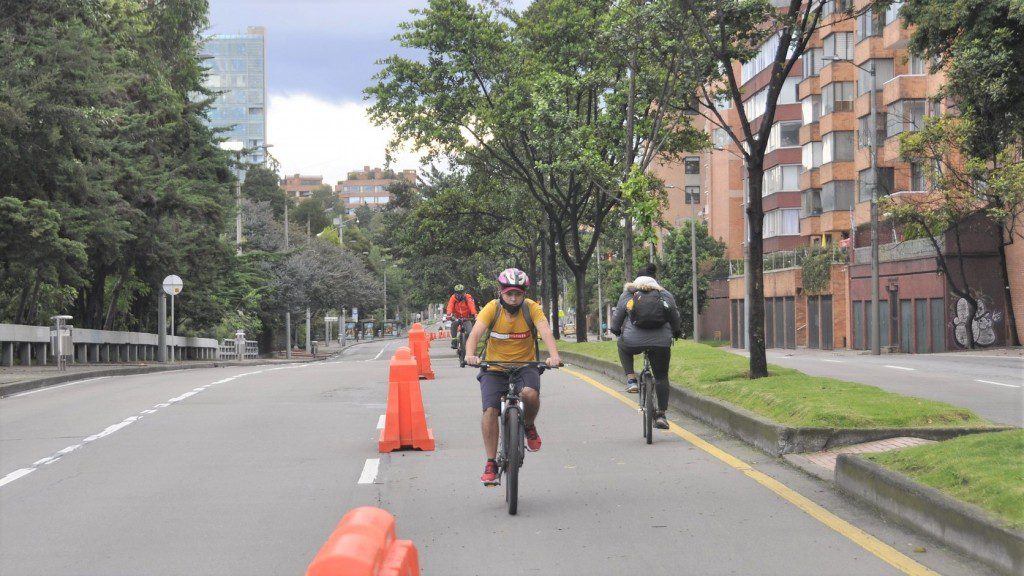
3. Big Cities of America Reclaiming Streets for People
While the permanence of these pedestrian-friendly streets is quite unclear in the future of transportation in the US, streets in New York have had successful pop-ups of open streets throughout the city. 34th Avenue in Queens, New York is regarded as one of the city’s best examples of what an open street is and can be. Traffic has substantially been reduced during the peak hours and rush hours of 8 a.m. to 8 p.m. Cars that once packed the streets are now replaced by people walking, biking, or just hanging out.
The volunteers who help make this open street a success are the very people in the community along 34th Avenue. It was a community effort to ensure the safety of this street and the dynamic life that this street has. A local resident recalled that, in addition to cycling and hanging out along 34th Avenue, classes and other weekend activities are held to bring life and community building to their street.
Although the 34th Street Festival’s success cannot fully reflect all of the other open-street initiatives that have been established throughout New York City,Some are not as successful in gaining support and traction. Other programmes of the same nature are met with hostility and aggressiveness from other motorists. With this type of disagreement from the general population, it begs one to question whether there will be enough support to continue the project well into the future. The organisers of the Open Street on the 34th have aired out similar concerns. Having said that this mostly runs on volunteer work, it is difficult to imagine the long-term sustainability of volunteer work in keeping the programmes going. Moving forward, the organisers hope to receive more city support and budget in order to keep the programme running. The additional budget is to sustain and get the people involved paid for the efforts they expend in making the Open Streets possible and as dynamic as they can be.
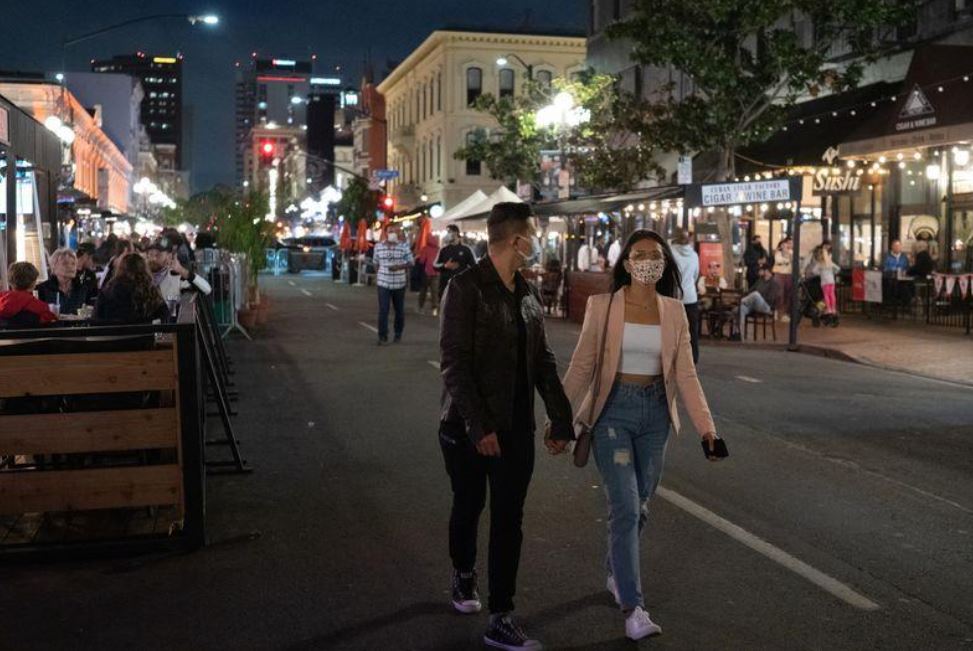
Shared streets are not only beneficial to the users of the streets, such as pedestrians, cyclists, and motorists, but their advantages also extend to businesses that are within the proximity of these streets. According to the Global Designing Cities Initiative, shared streets contribute to the public space network or commercial establishments in these areas by adding vibrancy and activity with the use of outdoor dining, public seating, artwork, and landscaping. This was further supported by a study done by the University of Tokyo on the economic impact of pedestrianised streets. Stores located in the pedestrian environment tend to generate higher sales volumes than those located in the non-pedestrian environment. Although it has to be taken into consideration that the stores with the most positive impact are those that fall under the café and restaurant-related category (Yoshimura, 2020). On the other side of the world, a similar phenomenon has been observed. According to CityLab, a Yelp data analysis shows a new insight on how pedestrian-friendly streets attract more business.
The city putting this economic advantage of shared streets into motion is the capital city of Lithuania. Vilnius has turned its streets into a vast open-air café in light of the COVID-19 restrictions. This effort to turn the streets into open-air cafés is one of the ways the city helps its people encourage the reopening of their establishments whilst practising the required social distancing measures. The city has put efforts into place to ensure that the strict guidelines would be followed, and these efforts did not go unnoticed by restaurant owners, who applauded this initiative. More and more business owners have applied to take part in this city-wide opening of public streets to outdoor dining and pedestrian-friendly activities.
The pandemic has drastically changed the world since its onslaught began in the early months of 2020. It has been more than 2 years since the world has made efforts to combat the virus and at the same time accept and adjust to its presence in our everyday lives. More than the physical infrastructure being put in place and the new ways of life being put into motion, community building and community efforts are also being put into action to foster that sense of togetherness that has been lost in the extensive and uncertain implementation of lockdowns across the globe. From granular restrictions in local areas of a city, to citywide lockdowns, to restricted travel around the world, our sense of belonging and intimacy with each other has turned bleak and isolated.
Space has gained a different sense in the post-Covd-19 world. Space is now a barrier to both our safety from the virus and our interaction with the world outside our own bubbles.With the efforts of shared streets, open streets, or whatever it is you see fit to describe them, these initiatives have given us a chance to once again blur the lines of the space around us without compromising the safety that it provides us. With the world recalibrating and unlearning the mistakes of the past that have been brought to attention because of the pandemic, we are learning new ways to live with a more conscious approach to life.
The pandemic is still very much a tragedy that the world and its people are living through and battling with every day, but challenges also come with solutions, and solutions are an opportunity to explore, and opportunities present situations that call for innovations. With the world slowly opening up and starting to rebuild a life post pandemic, the world can view the future with hope and see the silver lining of opportunities that lie ahead after the many vague years that the world has been through due to the pandemic. The future of the post-pandemic world is just the beginning of the world’s healing.
- Allenby, C. (2021, November 4). How Bogotá became a world-beating cycling haven. Retrieved from TimeOut.
- Global Designing Cities Initiative.
- Harrouk, C. (2020, April 30). Architecture News Vilnius, the Capital of Lithuania, opens its Public Spaces for Cafes, to Help with Physical Distancing . Retrieved from ArchDaily.
- Harrouk, C. (2020, April 23). People to Reclaim Streets in Milan in Post Covid-19 Vision of the City. Retrieved from Archdaily
- Herman, M., & Tullis, P. (2021, August 31). Bloomberg Businessweek. Retrieved from Bloomberg:
- Hu, W., & Schweber, N. (2020, August 10). Will Cars Rule the Roads in Post-Pandemic New York? Retrieved from The New York Times
- Jaramillo, A. (2020, August 10). CityLab | Transportation: Bogotá Is Building its Future Around Bikes. Retrieved from Bloomberg CityLab
- Laker, L. (2020, April 21). Milan announces ambitious scheme to reduce car use after lockdown. Retrieved from The Guardian.
- New York City Department of Transportation. (n.d.). Street Design Manual: Shared Street. Retrieved from New York City Street Design Manual.
- Surico, J. (2021, April 30). CityLab Transportation: Can ‘Open Streets’ Outlast the Pandemic? Retrieved from Bloomberg CityLab.
- Yoshimura, Y. K. (2020). Does pedestrianized street enhance economic activity? Retrieved from Urban Science
About the Author
Kristine is an architecture graduate from the University of Santo Tomas in the Philippines. She began her career working under an architectural design firm then eventually ventured to more focused work on urban planning, and research. She is interested in topics concerning urban planning, urban design, and its effects and implications to the everyday life of its users. She is currently working for an architecture and urban planning practice that produces planning developments, tourism master plans, and research work that revolves around the subject of urban planning and architecture. In the future, she aims to practice architecture that is conscious and mindful to its users and its surroundings.
Related articles

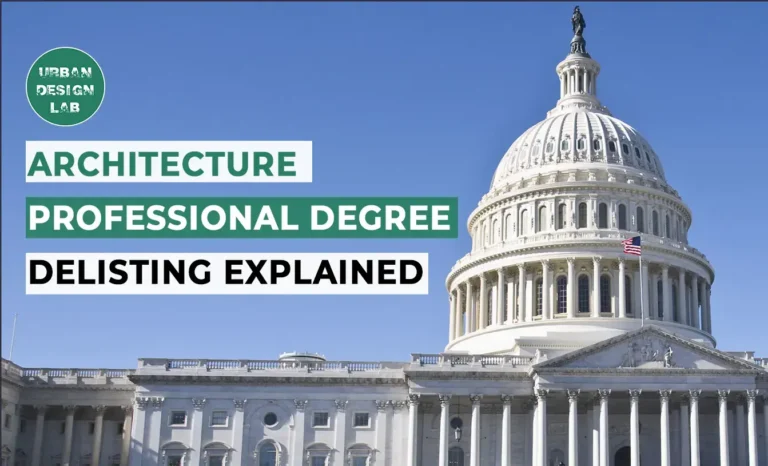
Architecture Professional Degree Delisting: Explained
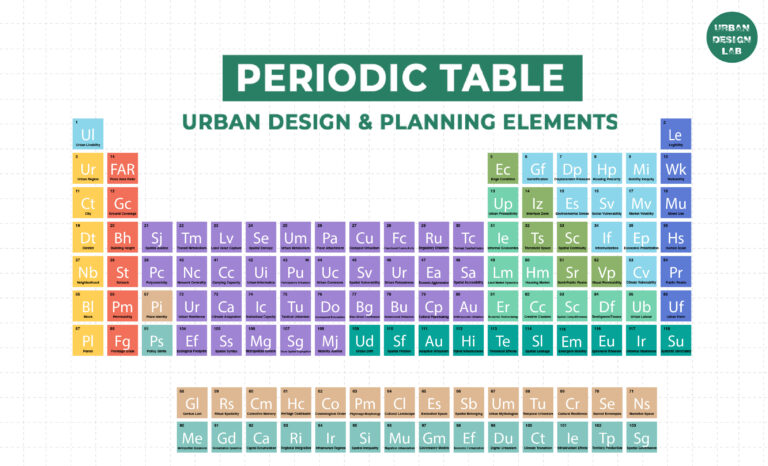
Periodic Table for Urban Design and Planning Elements
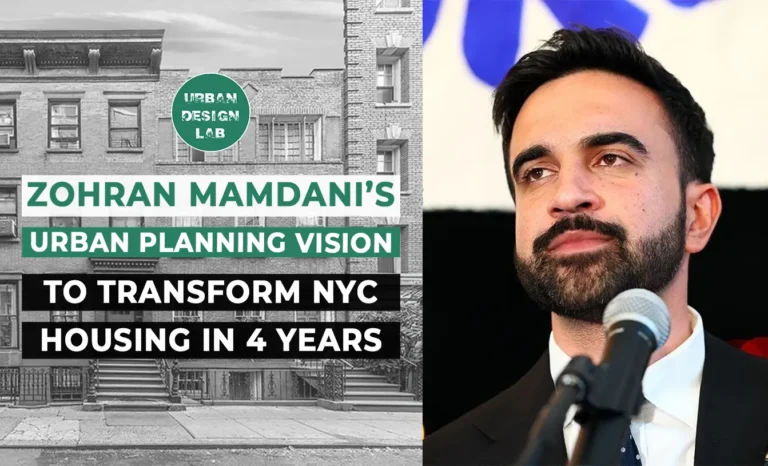
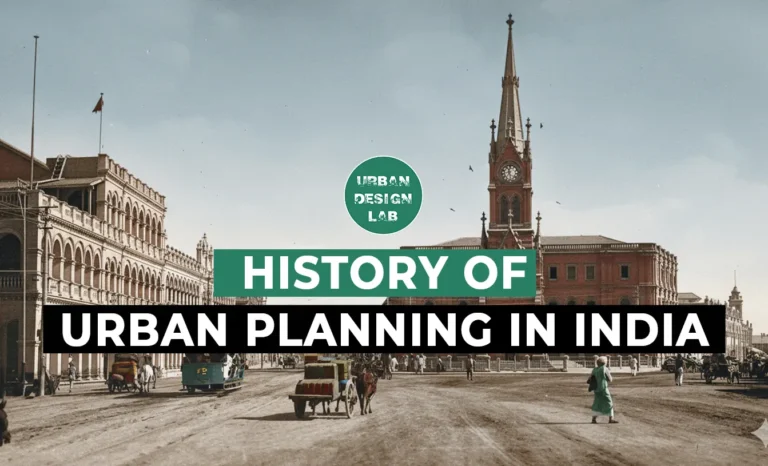
History of Urban Planning in India
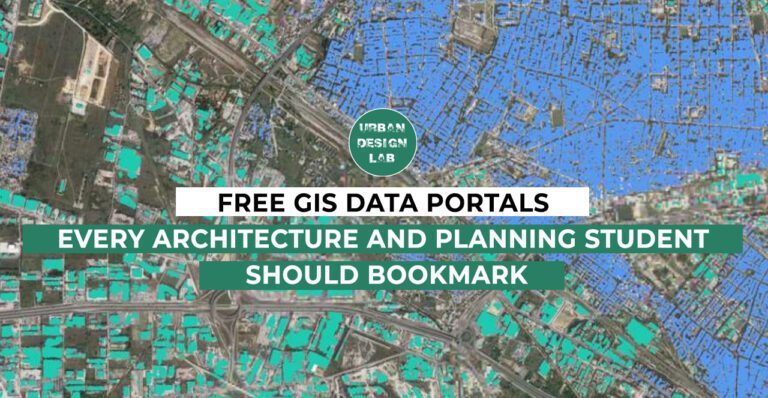
UDL Illustrator
Masterclass
Visualising Urban and Architecture Diagrams
Session Dates
17th-18th January 2026

Urban Design Lab
Be the part of our Network
Stay updated on workshops, design tools, and calls for collaboration
Curating the best graduate thesis project globally!

Free E-Book
From thesis to Portfolio
A Guide to Convert Academic Work into a Professional Portfolio”
Recent Posts
- Article Posted:
- Article Posted:
- Article Posted:
- Article Posted:
- Article Posted:
- Article Posted:
- Article Posted:
- Article Posted:
- Article Posted:
- Article Posted:
- Article Posted:
Sign up for our Newsletter
“Let’s explore the new avenues of Urban environment together “


